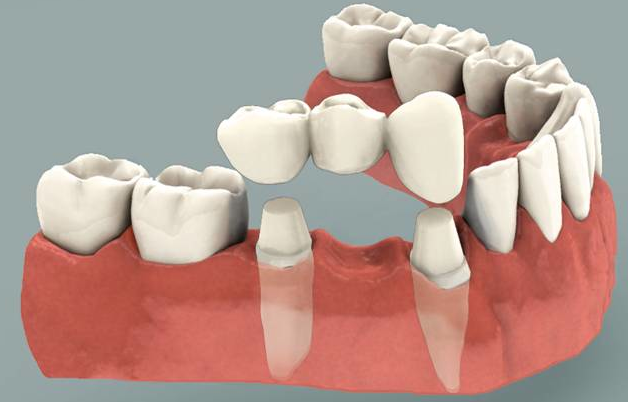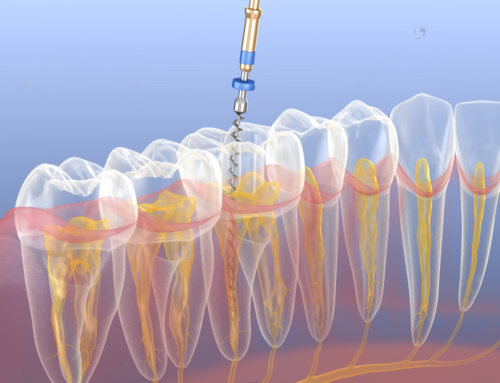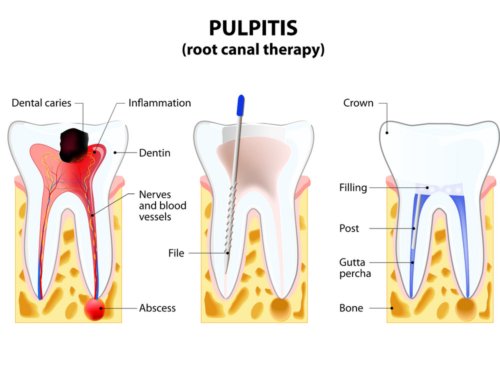When one or more teeth are missing, dental bridges are one option for replacing them. But what are dental bridges? How do they work? And why should you consider this common procedure? Read on to learn more about dental bridges and the advantages and disadvantages of using them to replace missing teeth.
What Is a Dental Bridge?
A dental bridge is a fixed (non-removable) appliance used to replace one or more missing teeth—specifically, to bridge the gap created by the missing teeth. Dental bridges are supported by natural teeth, implants, or a combination of both. They are made up of two or more crowns for the teeth on either side of the gap (abutment teeth) with a false tooth/teeth in between (pontic tooth/teeth). Bridges can be made from gold alloys, base metal alloys, porcelain, or a combination of these materials.
Types of Bridges
There are three main types of dental bridges: traditional, cantilever, and Maryland. Traditional bridges involve creating a crown for the abutment teeth (the teeth on either side of the gap) and placing a false tooth in between. Cantilever bridges are used when there is only one abutment tooth next to the gap. The false tooth is attached to the abutment tooth with a metal wing or cantilever. Maryland bridges are similar to traditional bridges, but instead of using crowns on the abutment teeth, they have metal or porcelain framework that is bonded to the back of the adjacent teeth.
Bridge Pros and Cons
A dental bridge is one way to replace missing teeth. The procedure involves attaching artificial teeth to existing ones. Bridges can be made from different materials, including gold, porcelain, and metal. They can also be customized to match the color of your natural teeth. Bridges are usually more affordable than implants, and the procedure is less invasive. In addition, bridges can be used to support dentures.
Dental bridges are not without their disadvantages. First, the healthy teeth on either side of the empty space must be shaved down to accommodate the bridge. This can weaken these teeth and make them more susceptible to decay in the future. Second, dental bridges require extra care. Unlike implants, which are self-cleaning, food and bacteria can get trapped under a bridge, making it more difficult to keep clean. This can lead to gum disease and decay. Third, bridges are not permanent. They typically last about 10 years before they need to be replaced. Fourth, dental insurance usually does not cover the cost of bridges as it does for other procedures such as implants or crowns. Fifth, the cost of a bridge can be expensive, especially if you need multiple teeth replaced.
Is It Right For You?
Dental bridges are commonly used to replace one or more missing teeth. They are usually made of porcelain or ceramic, and they are attached to the existing teeth on either side of the gap left by the missing tooth. Bridges can be supported by dental implants, but they can also be supported by your natural teeth. There are some pros and cons to consider before getting a dental bridge.






Leave A Comment